IIOT: Industrial Internet Of Things
What is IIoT, Benefits, Challenges and the Future of IIoT
3 minute read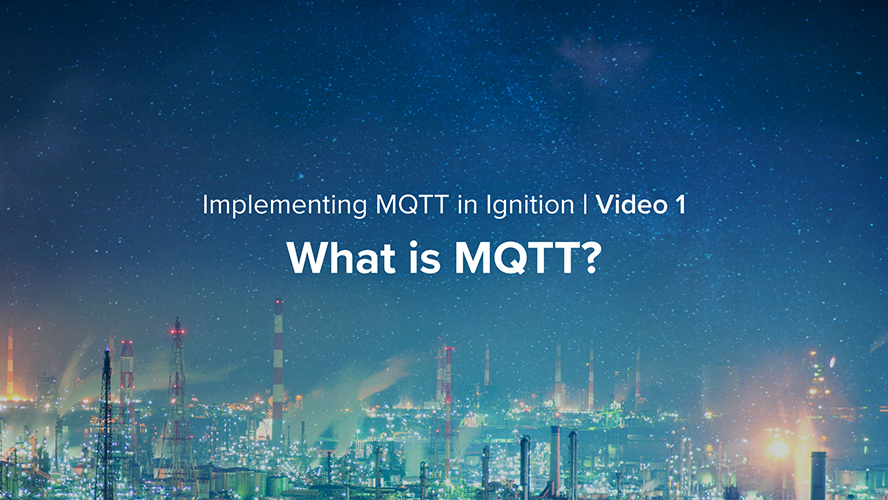


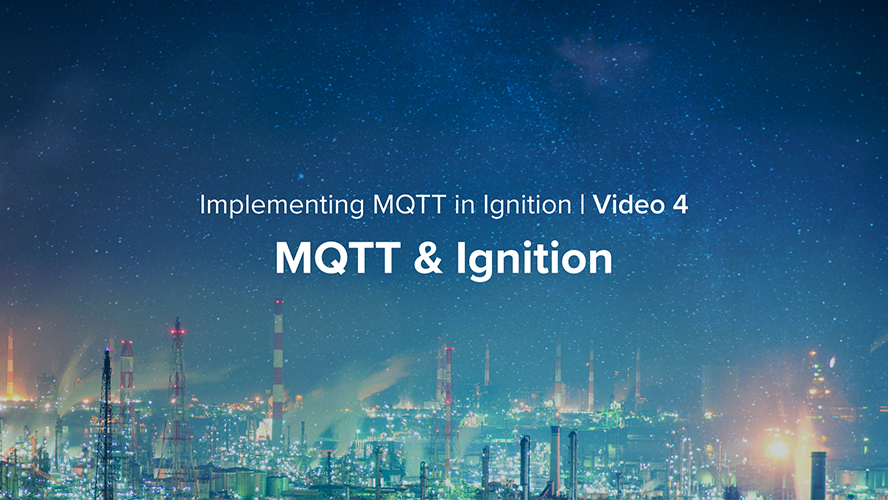

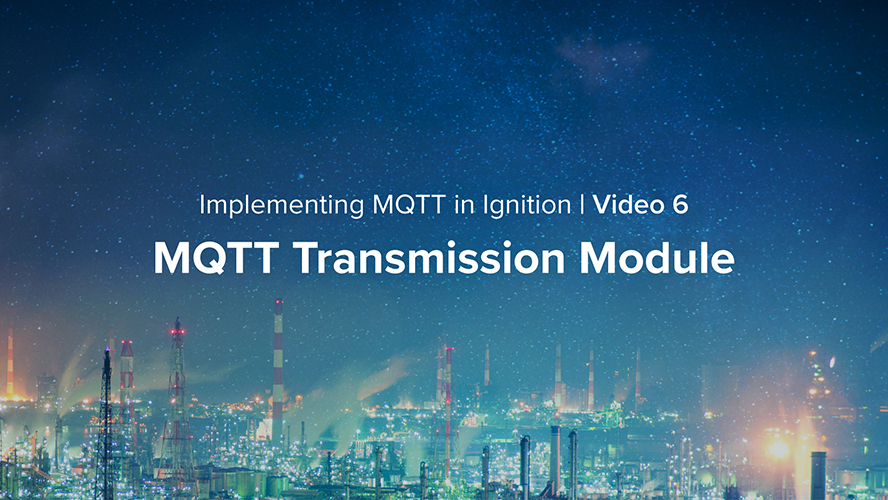

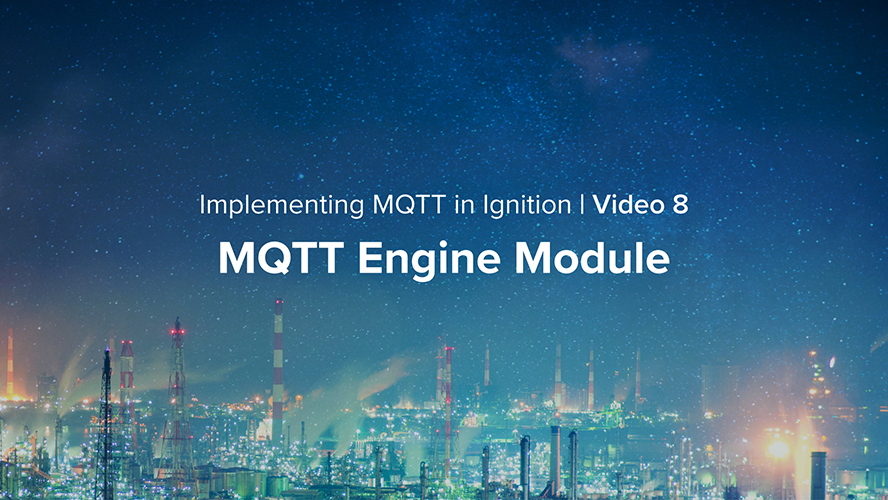

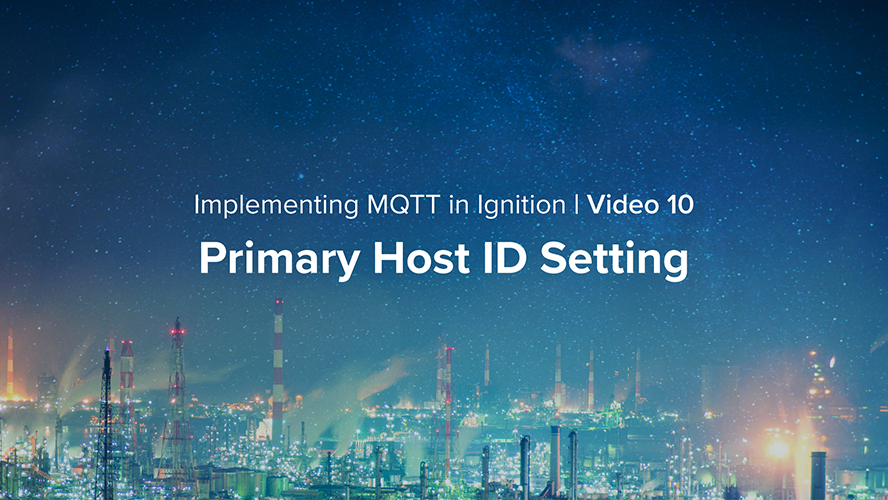


IIoT promises to revolutionize manufacturing by enabling the acquisition and accessibility of far greater amounts of data, at far greater speeds.
What is IIoT and How Will it Affect Manufacturing?
The IIoT is part of a larger concept known as the Internet of Things (IoT). The IoT is a network of intelligent computers, devices, and objects that collect and share huge amounts of data. The collected data is sent to a central Cloud-based service where it is aggregated with other data and then shared with end users in a helpful way. The IoT will increase automation in homes, schools, stores, and in many industries.
The application of the IoT to the manufacturing industry is called the IIoT (or Industrial Internet or Industry 4.0). The IIoT will revolutionize manufacturing by enabling the acquisition and accessibility of far greater amounts of data, at far greater speeds, and far more efficiently than before. A number of innovative companies have started to implement the IIoT by leveraging intelligent, connected devices in their factories.
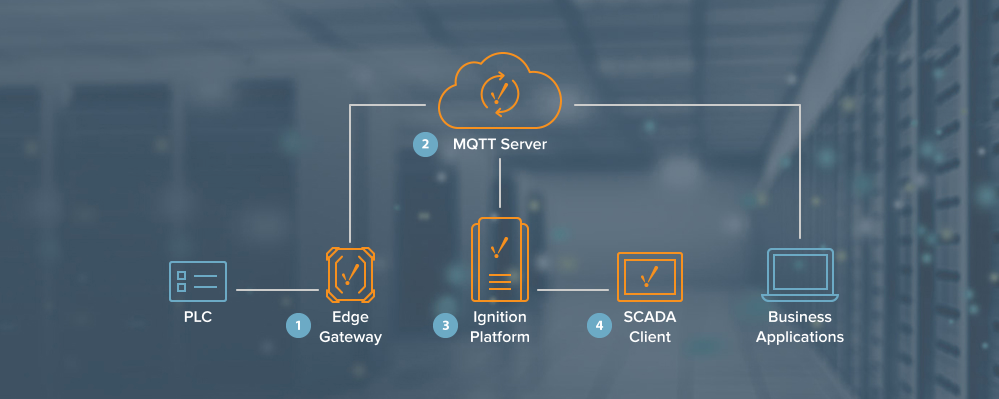
What are the Benefits of IIoT?
The IIoT can greatly improve connectivity, efficiency, scalability, time savings, and cost savings for industrial organizations. Companies are already benefitting from the IIoT through cost savings due to predictive maintenance, improved safety, and other operational efficiencies. IIoT networks of intelligent devices allow industrial organizations to break open data silos and connect all of their people, data, and processes from the factory floor to the executive offices. Business leaders can use IIoT data to get a full and accurate view of how their enterprise is doing, which will help them make better decisions.
IIoT Protocols
One of the issues encountered in the transition to the IIoT is the fact that different edge-of-network devices have historically used different protocols for sending and receiving data. While there are a number of different communication protocols currently in use, such as OPC-UA, the Message Queueing Telemetry Transport (MQTT) transfer protocol is quickly emerging as the standard for IIoT, due to its lightweight overhead, publish/subscribe model, and bidirectional capabilities. You can read more about MQTT here.
Challenges of the IIoT
Interoperability and security are probably the two biggest challenges surrounding the implementation of IIoT. As technology writer Margaret Rouse observes, “A major concern surrounding the Industrial IoT is interoperability between devices and machines that use different protocols and have different architectures.” Ignition is an excellent solution for this since it is cross-platform and built on open-source, IT-standard technologies.
Companies need to know that their data is secure. The proliferation of sensors and other smart, connected devices has resulted in a parallel explosion in security vulnerabilities. This is another factor in the rise of MQTT since it is a very secure IIoT protocol.
The Future of the IIoT
The IIoT is widely considered to be one of the primary trends affecting industrial businesses today and in the future. Industries are pushing to modernize systems and equipment to meet new regulations, to keep up with increasing market speed and volatility, and to deal with disruptive technologies. Businesses that have embraced the IIoT have seen significant improvements to safety, efficiency, and profitability, and it is expected that this trend will continue as IIoT technologies are more widely adopted.
The Ignition IIoT solution greatly improves connectivity, efficiency, scalability, time savings, and cost savings for industrial organizations. It can unite the people and systems on the plant floor with those at the enterprise level. It can also allow enterprises to get the most value from their system without being constrained by technological and economic limitations. For these reasons and more, Ignition offers the ideal platform for bringing the power of the IIoT into your enterprise.
How to Get Started using IIoT
If you’re ready to try using IIoT and earn your IIoT certification, you can get started today. You can download Ignition for free and watch these series of videos about how to implement IIoT in Ignition.
Related Articles
Want to stay up-to-date with us?
Sign up for our weekly News Feed.
